What is Redis?
Redis which stands for Remote Dictionary Server is “an in-memory data structure store, used as a distributed, in-memory key–value database, cache and message broker, with optional durability”
It is a Nosql database which offer you many ways to search and store your data.
Wat is Redis Insight?
RedisInsight is a powerful tool for visualizing and optimizing data in Redis or Redis Stack, making real-time application development easier and more fun than ever before. RedisInsight lets you do both GUI- and CLI-based interactions in a fully-featured desktop GUI client.
Subscribe to Redis cloud
First , to use Redis insight you must have a Redis cloud account , you can create one at this address
You will be asked to create an account for free , then you will receive a mail to activate it

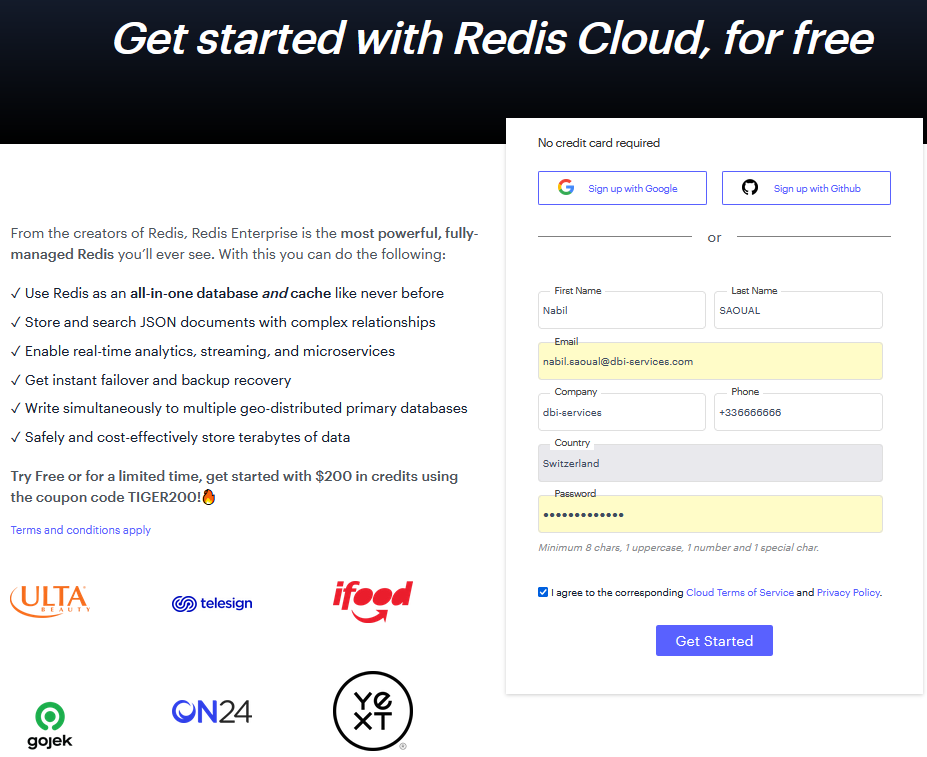
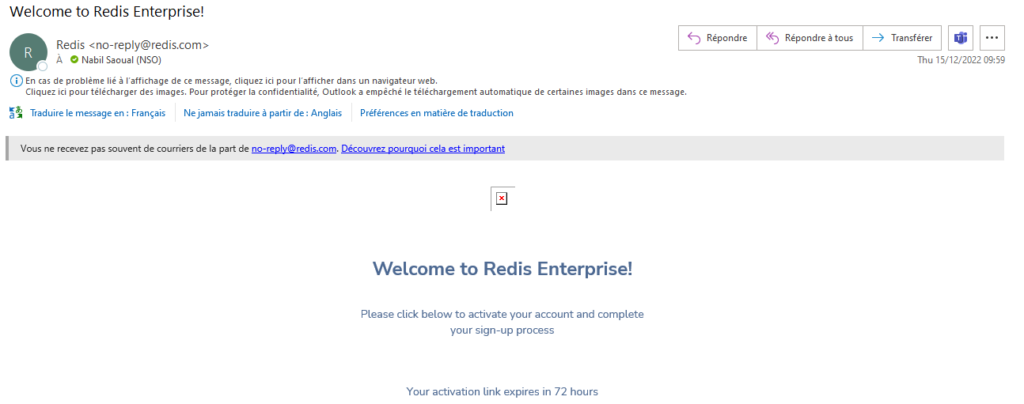
Select the cloud vendor and your region for your free database
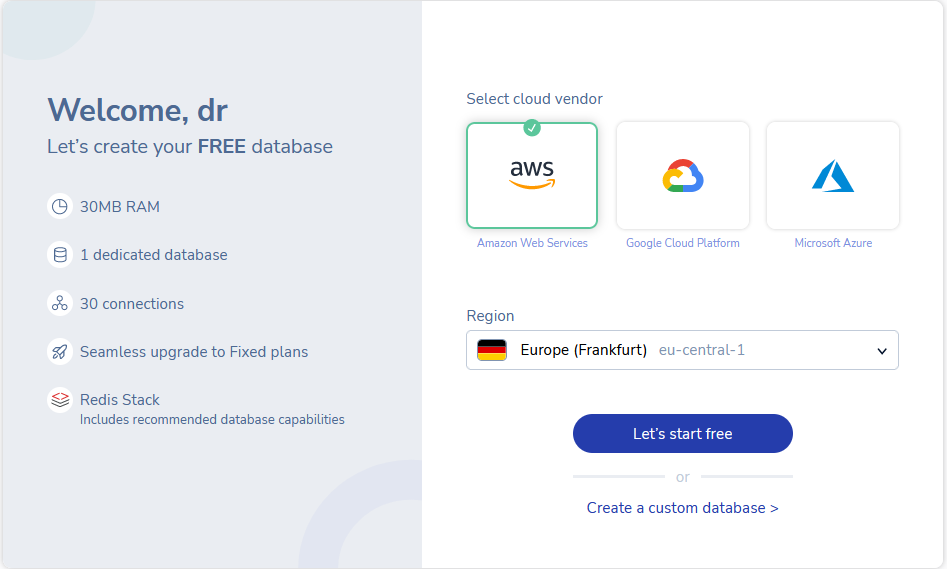
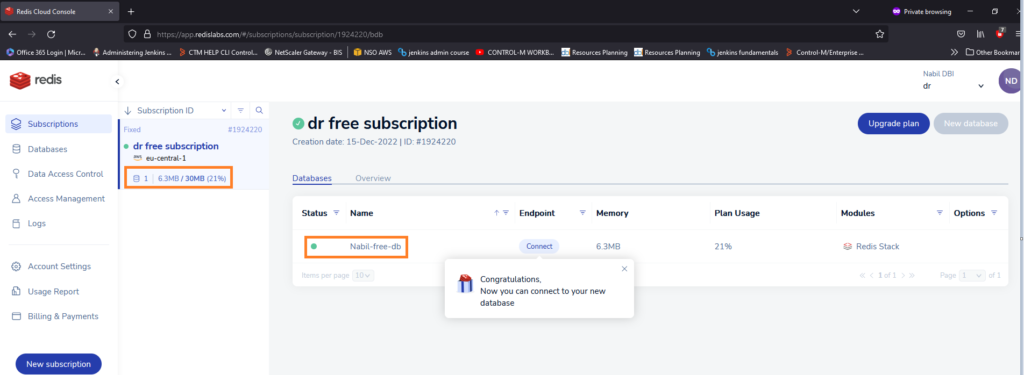
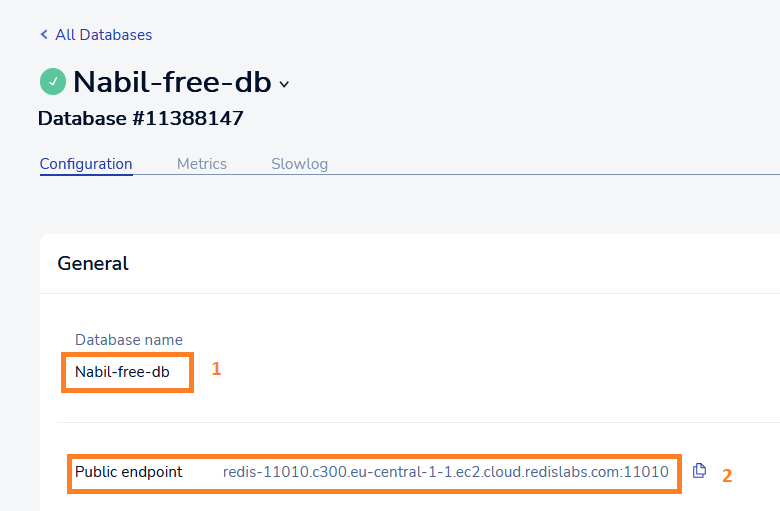
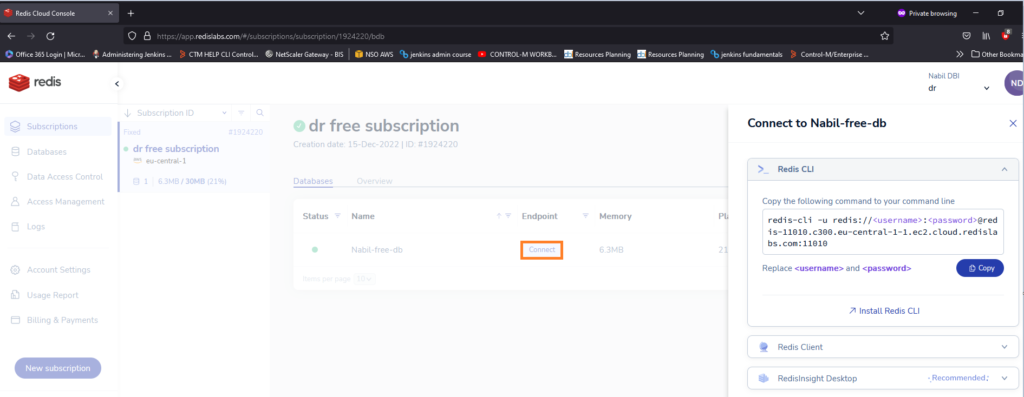
Use the command line to connect with Redis Client or with Redisinsight
when ReidisInsight will be installed you will have to input these info by adding a new database ( user and password are stored in your cloud GUI )
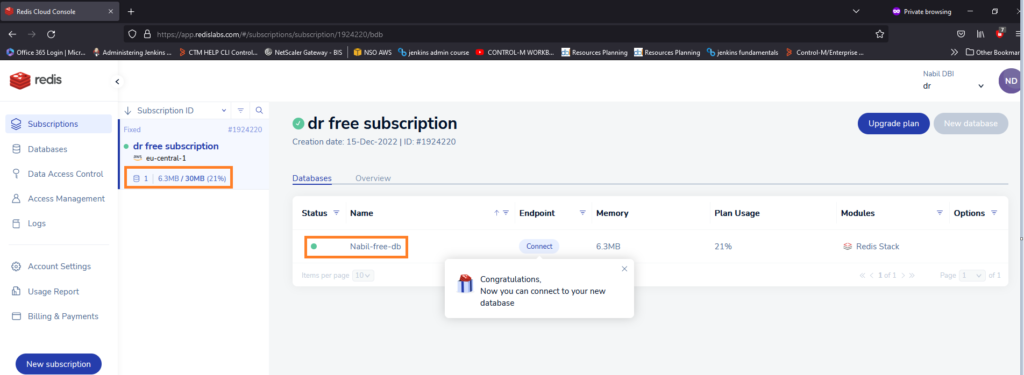
Install RedisInsight
Download the latest RedisInsight
The RedisInsight desktop client installer for Windows is just 70 MB in size. It allows you to download and use the RedisInsight GUI locally
- Download the latest RedisInsight here
you can also take a look to the RedisInsight notes
You are now able to use RedisInsight your need to get an account as we subscribe during the steps before
Download and Install RedisInsight
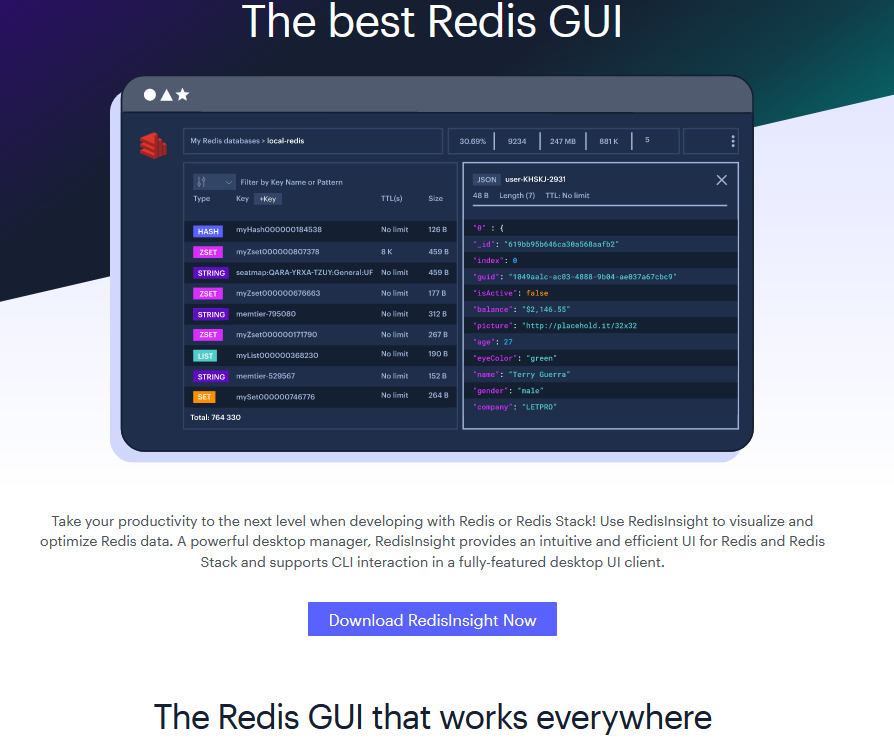
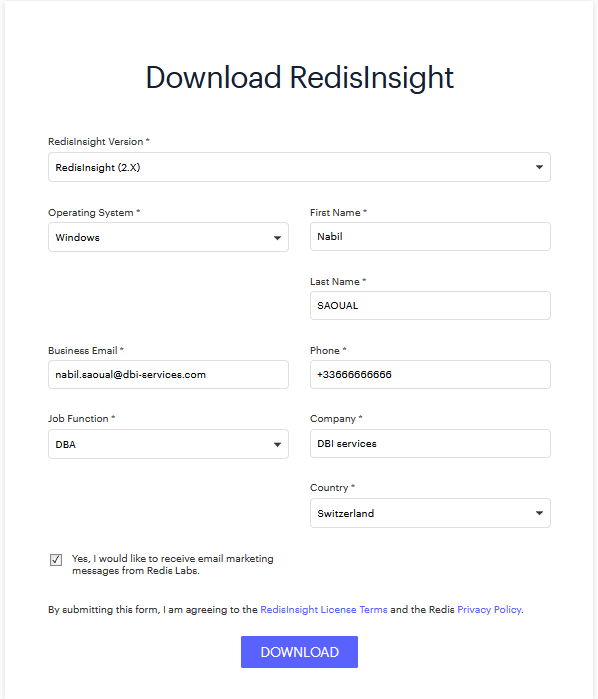

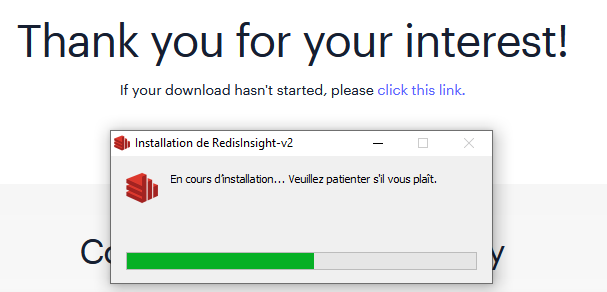
Add your new database
Open RedisInsight and add your database
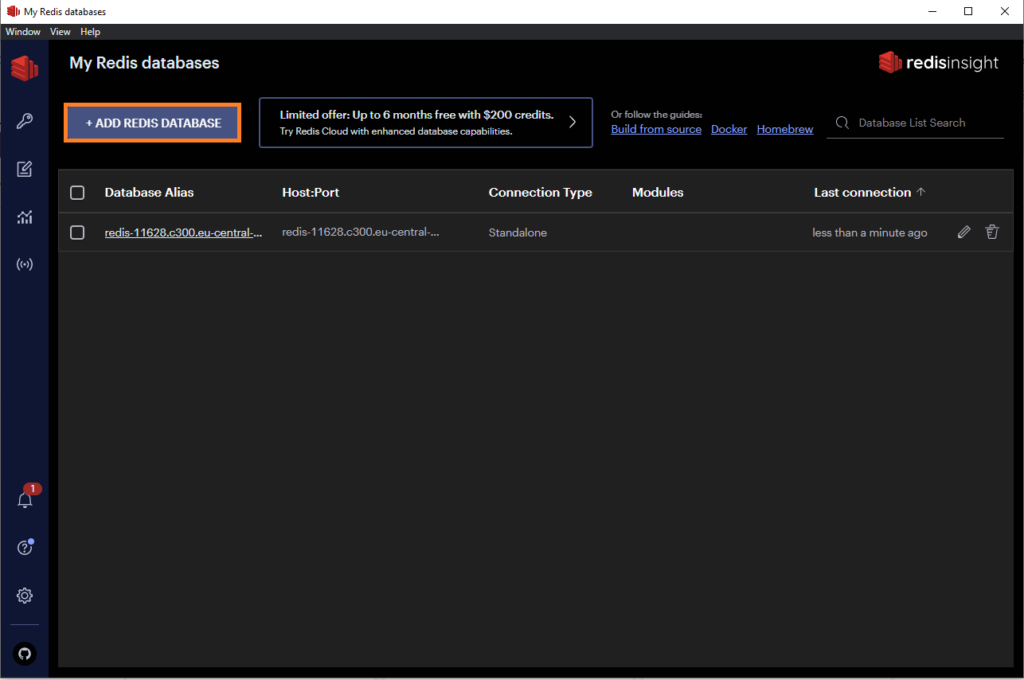
Add your database name ,port , user and password ( you can find it in your cloud account, username is default )
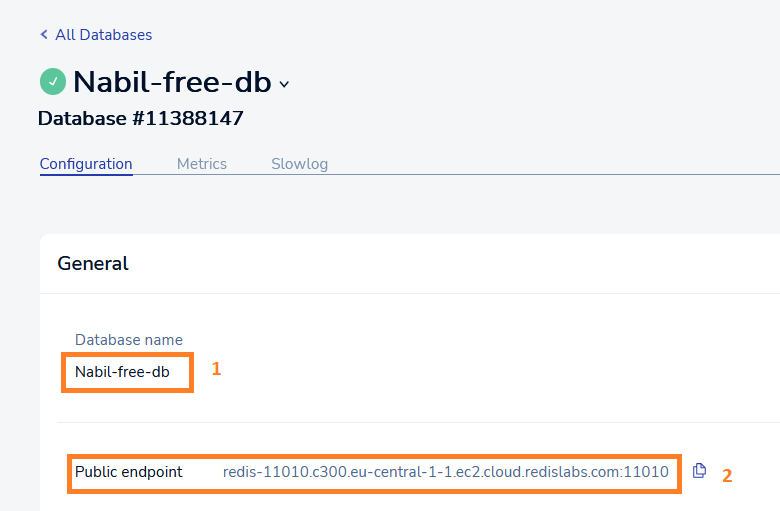

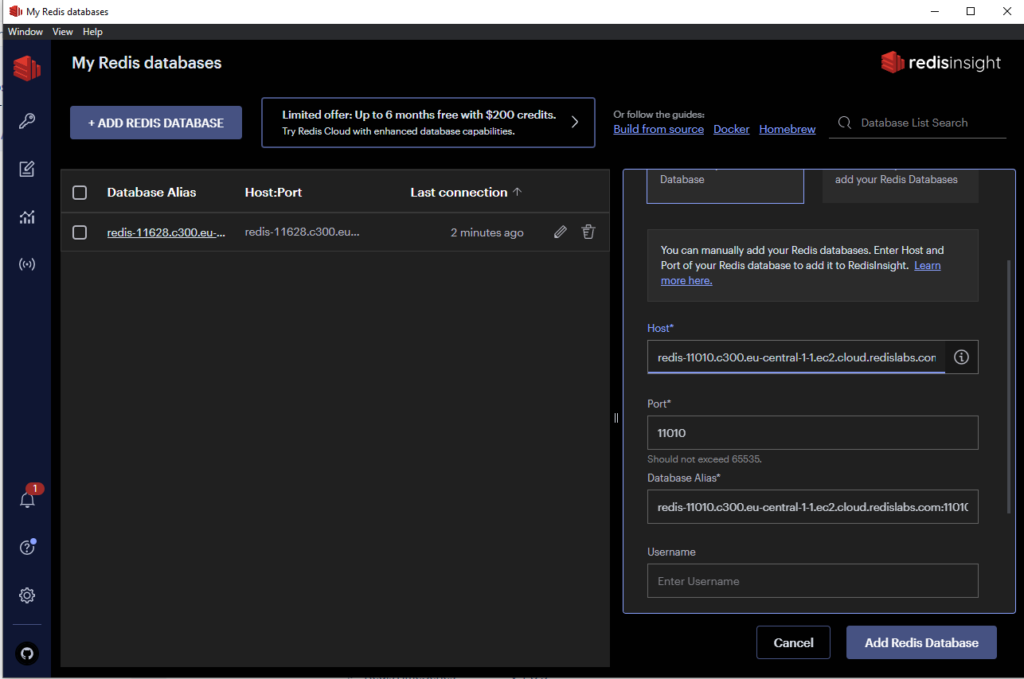
Browse on tab
Once added you will access the interface you will be able to create inputs with the CLI feature otherwise for testing purposes you can import datasets given by Redis ( so useful to practice thanks again ! )
Download and import a Redis sample dataset
Clone the repository
Open up the CLI terminal and run the following commands:
git clone https://github.com/redis-developer/redis-datasets
cd redis-datasets/user-database
Import the dataset to your database
You must adapt this command to your database specificity
Enter you database name and also port may be different then use your password
redis-cli -h redis-11010.c300.eu-central-1-1.ec2.cloud.redislabs.com -p 11010 -a <enter your password> < ./import_users.redisOnce imported you will have all data displaying, you can browse on all data type:

Use the key icon to browse , as below you can see that you can modify data by using CLI commands and also by editing field directly on the right.
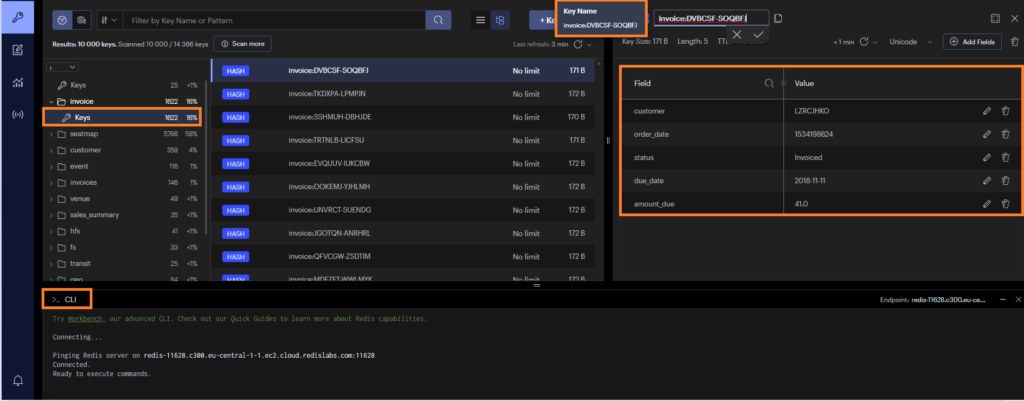
You can practice freely on this sample adding or removing data ( using Redis command to add new keys or flush the data you not needed anymore )
You have an interactive help command which explains you how to use them and can also redirect you to the dedicated page : absolutely awesome !!!It also gives you the syntax and the Big O of the command (
here Time complexity: O(1)) we will maybe talk about this important Redis topic and also about how to be certified on Redis ( for me it’s in progress 🙂 )
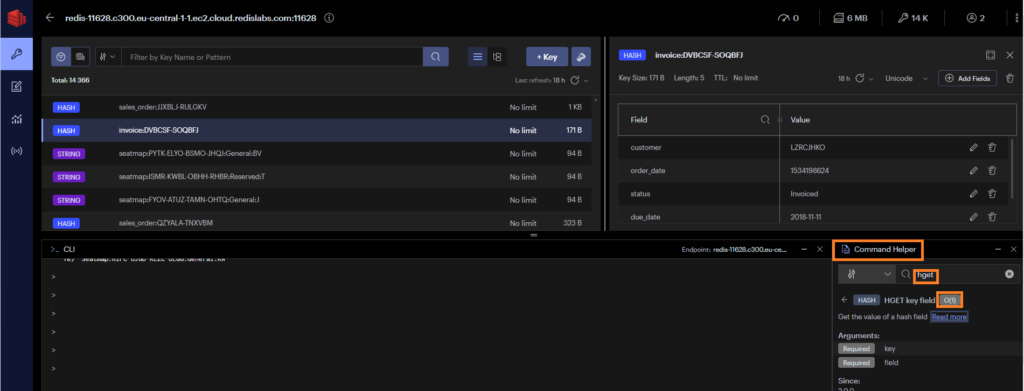
Example here for HGET command ( if you click on read more you will be redirected to the Redis wiki page which contain all command usage and example , very very complete site thanks again for that work)
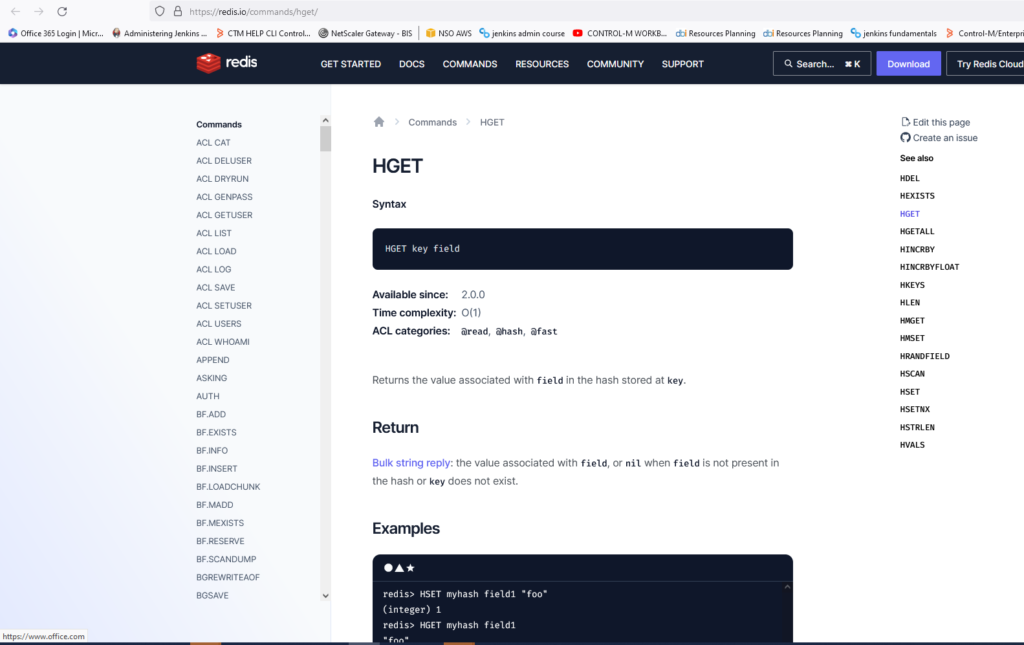
Conclusion
Now you have all the tools to be good at Redis with RedisInsight you can test many commands and see how it works, next time we will talk about Redis streams and how to use a Redis lab for that, a special thank you to Justin Castilla from Redis team which was a great support don’t hesitate to check other dbi bloggers and also https://redis.io/ my new home to work on Redis 😀
![Thumbnail [90x90]](https://www.dbi-services.com/blog/wp-content/uploads/2022/08/STH_web-min-scaled.jpg)
![Thumbnail [90x90]](https://www.dbi-services.com/blog/wp-content/uploads/2022/09/SNA_web-min-scaled.jpg)
![Thumbnail [90x90]](https://www.dbi-services.com/blog/wp-content/uploads/2024/01/HME_web.jpg)